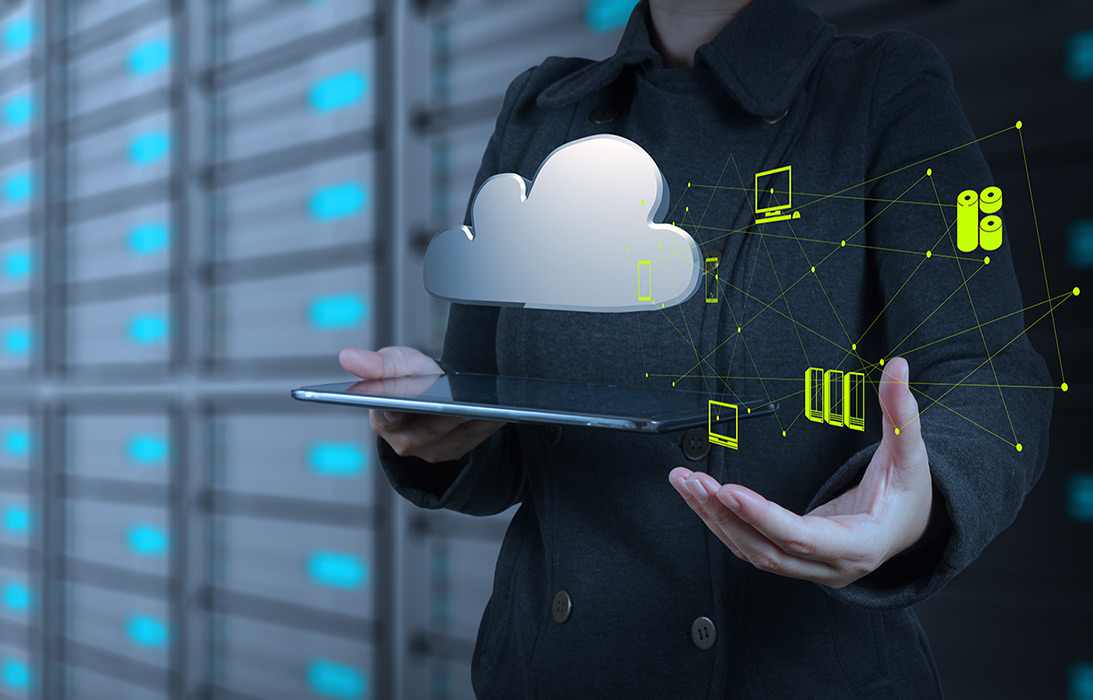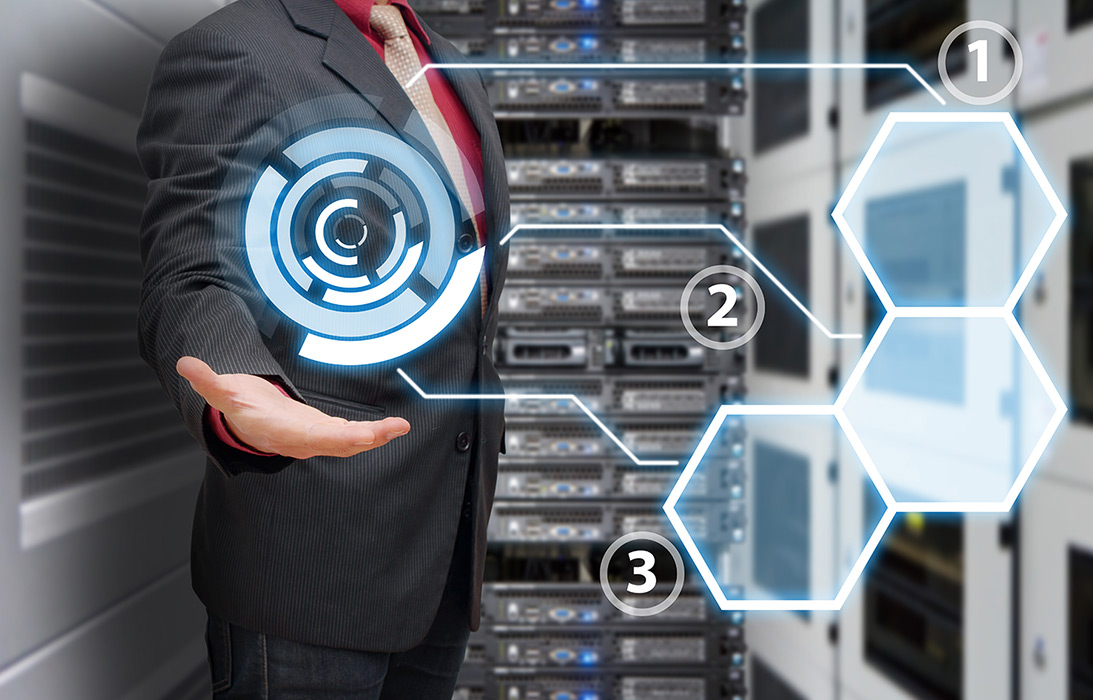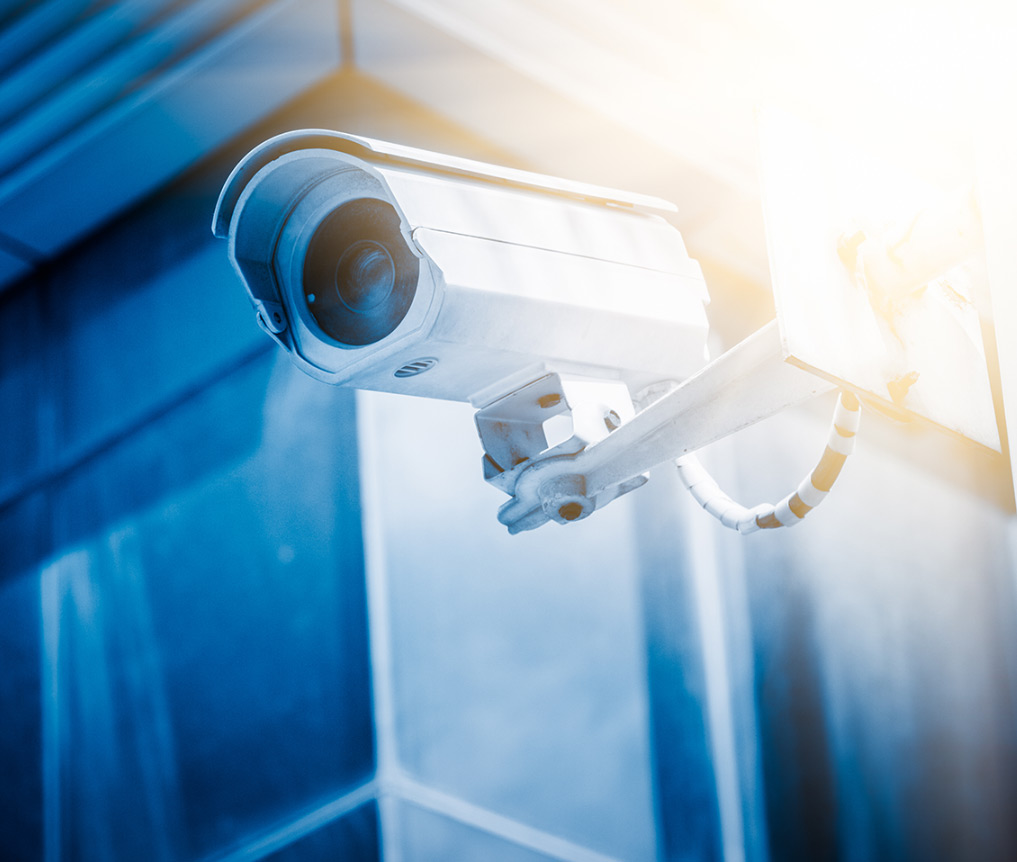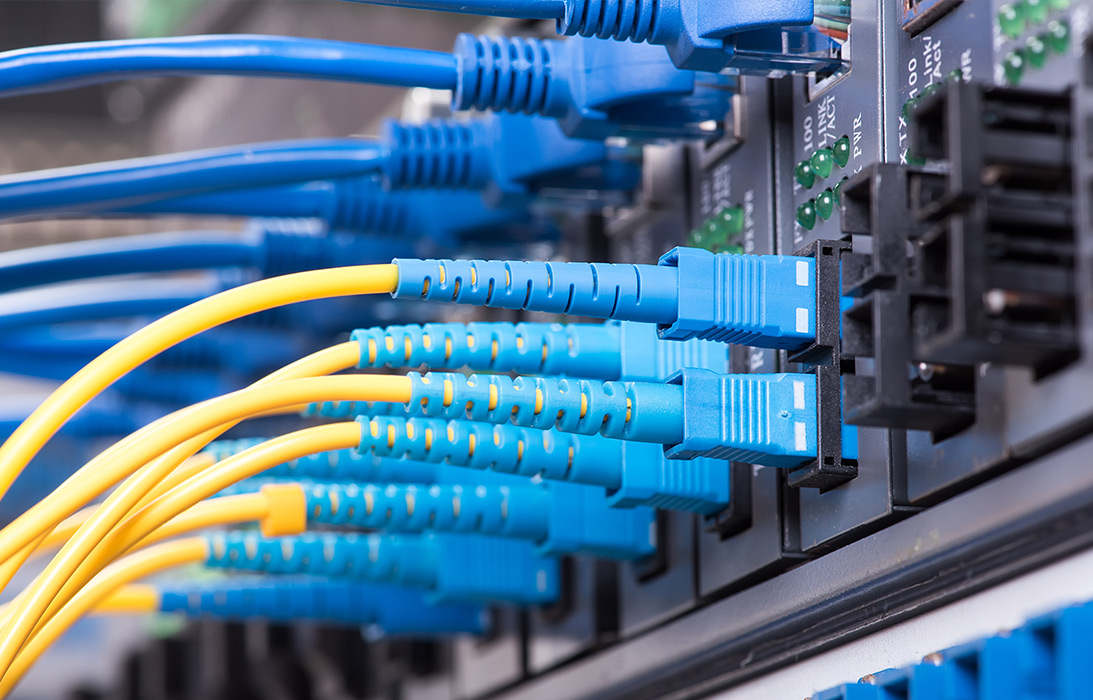-

Technology Solution Division
The life cycle of information technology is turning short every year. New competitors are disrupting industries by investing in state-of-the-moment digital practices and processes. client expectations are perpetually evolving in an accelerating race for the foremost advanced, hyper-connected, seamless experiences. IT functions are below unrelenting pressure to support leading- capabilities like data analytics, cybersecurity, automated processing, and integration with third-party systems. the best way to do that is through platforms that connect everybody to an equivalent cloud-based cross-industry digital infrastructure.
Your organization runs on many moving elements, from your infrastructure to your staff and customers who drive revenue. we tend to keep these areas in sync and effective, so your business can thrive. With a single supply for all of your IT desires, we tend to align the newest technologies with your client, manpower and infrastructure goals.
Yet some of the most necessary factors have not modified the least bit. Organizations should stay targeted on their competitive edge. Modernization efforts should produce worth for the enterprise
-

Virtualization
Virtualization is a word utilized in computing. Virtualization means the users (programs or real people) only see an abstraction of a computer resource. Virtualization may be worn out software system, or with hardware. ... virtual memory makes it doable to use a lot of memory than is physically within the computer
We'll work with you to develop a comprehensive understanding of your current unified material, computer, desktop, and virtualization infrastructure.
A pioneer in data Virtualization implements the best methods aligned with our client's business needs. we tend to perceive that nowadays data is priceless and innovative ways that tailored to form optimum use of knowledge will make it more valuable and helpful. we tend to help leverage the accessible data among a corporation that is a deciding factor of which will help enhance the worth of the business. Dynamic virtualization solutions will assist you to succeed through the following techniques.
Type’s of Virtualization
- Server Virtualization
- Application Virtualization
- Desktop Virtualization
- Storage Virtualization
-

Cyber Security
In simple language, Cyber Security or Information technology security means protecting data, networks, programs and other information from unauthorized or unintended access, destruction or change. It can be also be defined as all operations and activities that are undertaken to minimize threats and any kind of vulnerabilities, and enforcing required policies for prevention, data assurance, recovery and other cyber security related operations. It encompasses all the mechanisms and processes that protect digital equipment, information and records from illegal or unintended access, manipulation or destruction.
The internet has become the integral part of today’s generation of people; from communicating through instant messages and emails to banking, travelling, studying and shopping, internet has touched every aspect of life. With the growing use of the internet by people, protecting important information has become a necessity. A computer that is not having appropriate security controls can be infected with malicious logic and thus any type of information can be accessed in moments. Number of infected Web Pages and malicious websites can be seen every day that infects the computer and allow hackers to gain illegal access to other computer systems.
Business organizations, mainly small and medium-size face critical challenges in protecting data. Limited financial and technological resources make it difficult for them to upgrade security system and to stay updated with technology. However, better awareness towards cyber security and proper planning can prove to be very beneficial for such business organizations in protecting their information and trade secrets from being disclosed. Many small business organizations are now taking initiatives to protect their information from being accessed illegally.
Firewall
Dataleak Protection
-

Cloud
When you store data on or run programs from the drive, that's known as local storage and computing. Everything you wish is physically near to you, which means accessing your knowledge is quick and simple, for that one computer, or others on the local network. Operating off your drive is how the computer business functioned for decades; some would argue it's still superior to cloud computing.
Cloud computing is the delivery of on-demand computing services -- from applications to storage and process power -- generally over the internet and on a pay-as-you-go basis. Rather than owning their computing infrastructure or information centers, corporations can rent access to anything from applications to storage from a cloud service supplier. One advantage of using cloud computing services is that corporations can avoid the upfront price and complexity of owning and maintaining their own IT infrastructure, and instead simply purchase what they use, once they use it.
Cloud Services From
-

Enterprise IT Infrastructure
IT infrastructure is the combination of hardware, software, network and human resources that allow an organization to deliver information technology services to people within an organization. The most obvious is hardware. Without any hardware, it’s impossible to have any IT services at all. An organization needs desktop computers, servers, routers, switches and other equipment. Hardware is useless without software. Software is just as important to IT infrastructure as hardware. Typical software in an organization includes productivity applications, enterprise resource planning (ERP) and customer relationship management (CRM). Some of these applications might be bought off the shelf and others might be developed by the IT department, depending on the needs of the organization. The internet is essential to conducting modern business. That’s why network connectivity has become essential, since employees depend on email, web access, even their phone service through VoIP. A network connection is an absolute must. Plus, think of how many other machines have to be connected together. That means running wires and setting up networking hubs, switches and routers.
Products
-

Hyper Converged infrastructure
Hyperconverged infrastructure (HCI) combines common datacenter hardware using locally attached storage resources with intelligent software to create flexible building blocks that replace legacy infrastructure consisting of separate servers, storage networks, and storage arrays.
A hyper-converged system allows the integrated technologies to be managed as a single system through a common tool set. Most hyper-converged systems require a minimum of three hardware nodes for high availability and can be expanded through the addition of nodes to the base unit. A grouping of nodes is known as a cluster. Hyper-convergence began in smaller use cases, such as virtual desktop infrastructure (VDI), but enterprises now commonly use the technology to simplify the deployment, management and scaling of IT resources and to reap Capex and Opex advantages.
Products
-

Surveillance
The attributes of a surveillance system affect the ability of the system to fulfill its objectives and also the usefulness of the resulting data. For example, if a surveillance system contains a high sensitivity it'll be more likely to observe outbreaks of the unwell under surveillance, thereby promoting their investigation. If a system is timely, it'll enable faster initiation of control and prevention measures, limiting the spread of disease during a community. The attributes of a surveillance system are typically competitive and reciprocally connected. As one becomes stronger, others become weaker. Therefore, not all attributes are at the best level for a specific system.
Over the last few decades, exceptional infrastructure growths are noticed in security-related problems throughout the planet. So, with multiplied demand for Security, Video-based surveillance has become a crucial space for the analysis. An Intelligent Video surveillance system primarily censored the performance, happenings, or changing data types in terms of individuals, vehicles or any other objects from a distance utilizing some electronic equipment (usually digital camera). The scopes like prevention, detection, and intervention that have led to the development of real and consistent video surveillance systems are capable of intelligent video processing competencies. In broad terms, advanced video-based surveillance may be delineated as an intelligent video process technique designed to help security personnel by providing reliable real-time alerts and to support efficient video analysis for forensic investigations. This chapter deals with the varied necessities for designing a strong and reliable video surveillance system. Also, it's mentioned the various sorts of cameras needed in different environmental conditions like indoor and outdoor surveillance. Different modeling schemes are needed for designing of efficient surveillance system below varied illumination conditions.
Products
-

Structured Cabling
Structured cabling design and installation are governed by a set of standards that specify wiring data centers, offices, and housing buildings for data or voice communications using various kinds of cable, most typically category 5e (Cat 5e), category 6 (Cat 6), and fiber optic cabling and standard connectors. These standards outline a way to lay the cabling in various topologies to fulfill the requirements of the customer, generally using a central patch panel from where every standard connection may be used as required. Every outlet is then patched into a network switch (normally also rack-mounted) for network use or into an IP or PBX (private branch exchange) phone system patch panel.
Products
-

Infrastructure / Information Centre
Data centers aren't a single factor, but rather a conglomeration of components. At a minimum, data centers function the principal repositories for all manner of IT equipment, as well as servers, storage subsystems, networking switches, routers, and firewalls, also because of the cabling and physical racks used to organize and interconnect the IT equipment. A data center should additionally contain an adequate infrastructure, such as power distribution and supplemental power subsystems, including electrical switching; uninterruptible power supplies; backup generators so on; ventilation and data center cooling systems, like computer room air conditioners; and adequate provisioning for network carrier connectivity. All of these demands a physical facility with physical security and ample physical area to accommodate the whole collection of infrastructure and equipment.
Products
- SERVERS
- STORAGE
- NETWORKING SWITCHES & PASSIVE COMPONENTS
- RACKS
- COOLING SOLUTION
- TEMPERATURE MONITORING





















